Worameth Chinchuthakun
LUSD: Localized Update Score Distillation for Text-Guided Image Editing
Mar 14, 2025Abstract:While diffusion models show promising results in image editing given a target prompt, achieving both prompt fidelity and background preservation remains difficult. Recent works have introduced score distillation techniques that leverage the rich generative prior of text-to-image diffusion models to solve this task without additional fine-tuning. However, these methods often struggle with tasks such as object insertion. Our investigation of these failures reveals significant variations in gradient magnitude and spatial distribution, making hyperparameter tuning highly input-specific or unsuccessful. To address this, we propose two simple yet effective modifications: attention-based spatial regularization and gradient filtering-normalization, both aimed at reducing these variations during gradient updates. Experimental results show our method outperforms state-of-the-art score distillation techniques in prompt fidelity, improving successful edits while preserving the background. Users also preferred our method over state-of-the-art techniques across three metrics, and by 58-64% overall.
DiffusionLight: Light Probes for Free by Painting a Chrome Ball
Jan 01, 2024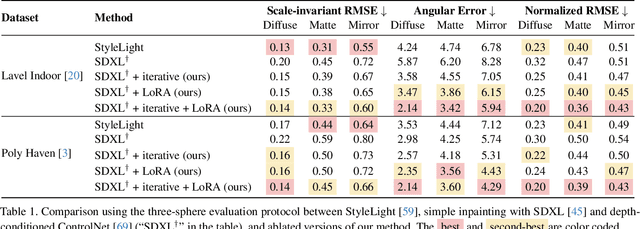

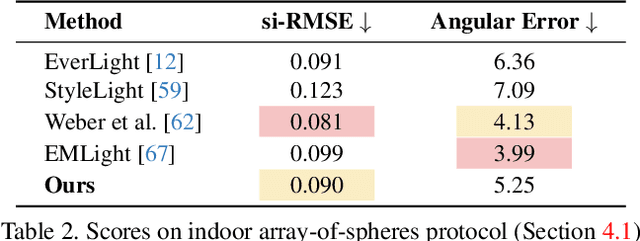

Abstract:We present a simple yet effective technique to estimate lighting in a single input image. Current techniques rely heavily on HDR panorama datasets to train neural networks to regress an input with limited field-of-view to a full environment map. However, these approaches often struggle with real-world, uncontrolled settings due to the limited diversity and size of their datasets. To address this problem, we leverage diffusion models trained on billions of standard images to render a chrome ball into the input image. Despite its simplicity, this task remains challenging: the diffusion models often insert incorrect or inconsistent objects and cannot readily generate images in HDR format. Our research uncovers a surprising relationship between the appearance of chrome balls and the initial diffusion noise map, which we utilize to consistently generate high-quality chrome balls. We further fine-tune an LDR difusion model (Stable Diffusion XL) with LoRA, enabling it to perform exposure bracketing for HDR light estimation. Our method produces convincing light estimates across diverse settings and demonstrates superior generalization to in-the-wild scenarios.
Diffusion Sampling with Momentum for Mitigating Divergence Artifacts
Jul 20, 2023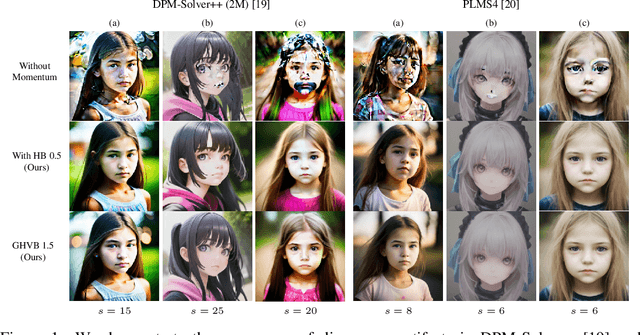

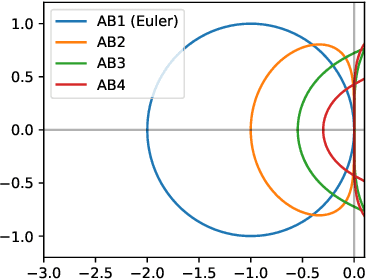
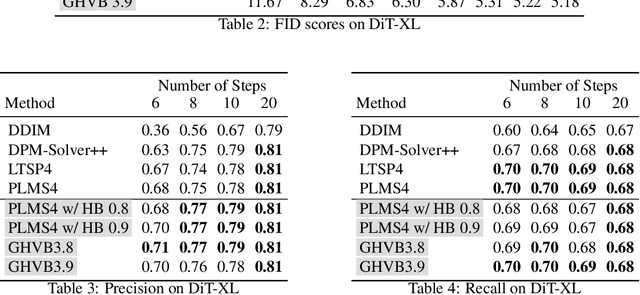
Abstract:Despite the remarkable success of diffusion models in image generation, slow sampling remains a persistent issue. To accelerate the sampling process, prior studies have reformulated diffusion sampling as an ODE/SDE and introduced higher-order numerical methods. However, these methods often produce divergence artifacts, especially with a low number of sampling steps, which limits the achievable acceleration. In this paper, we investigate the potential causes of these artifacts and suggest that the small stability regions of these methods could be the principal cause. To address this issue, we propose two novel techniques. The first technique involves the incorporation of Heavy Ball (HB) momentum, a well-known technique for improving optimization, into existing diffusion numerical methods to expand their stability regions. We also prove that the resulting methods have first-order convergence. The second technique, called Generalized Heavy Ball (GHVB), constructs a new high-order method that offers a variable trade-off between accuracy and artifact suppression. Experimental results show that our techniques are highly effective in reducing artifacts and improving image quality, surpassing state-of-the-art diffusion solvers on both pixel-based and latent-based diffusion models for low-step sampling. Our research provides novel insights into the design of numerical methods for future diffusion work.
 Add to Chrome
Add to Chrome Add to Firefox
Add to Firefox Add to Edge
Add to Edge